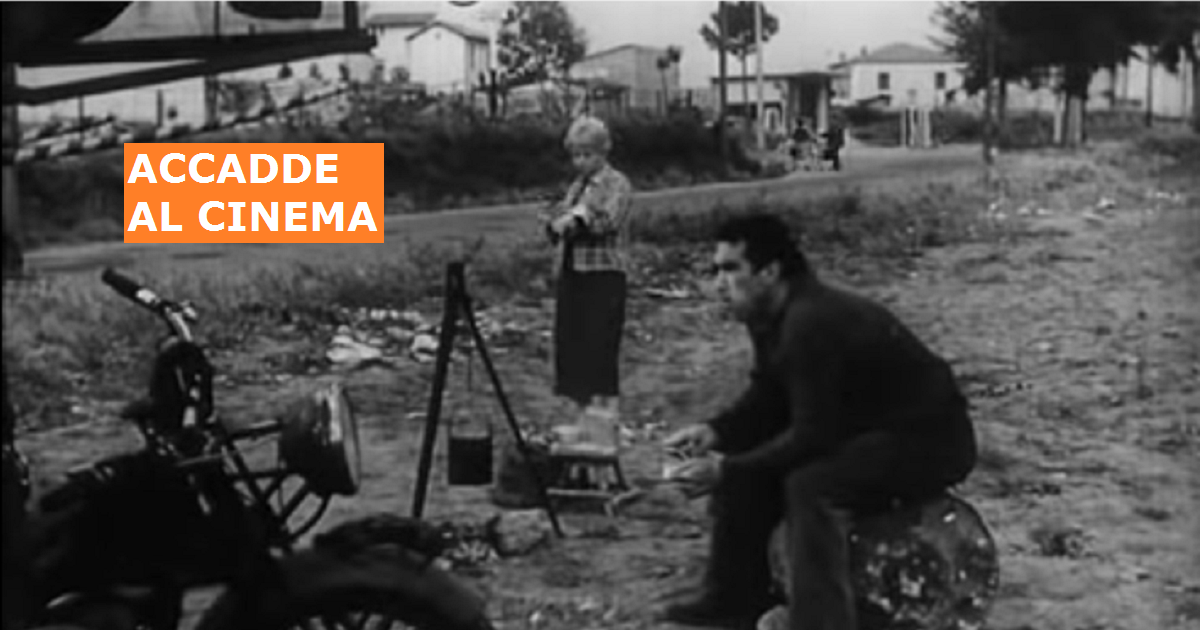
Grazie,” she added in a Facebook post.īesides working with many other Italian masters - such as Mario Monicelli, Pier Paolo Pasolini, Lina Wertmuller, Antonio Pietrangeli and Dario Argento, to name only a few - Rotunno also had a prolific parallel career in Hollywood from early on. A legend, like they used to make them, born of a history of tenacity and incredible simplicity.

“He leaves behind the rigor of an extraordinary life, a lesson that will continue to foster the Great Beauty of cinematography that the entire world will continue to look up to Italy for. “And now he too has left us, the last of the greatest from the days of Luchino Visconti and Federico Fellini,” said Laura Delli Colli, who is the niece of another great Italian lenser, Tonino Delli Colli, and also president of the Cinema for Rome foundation. Rotunno’s collaboration as director of photography for Fellini started with “Satyricon” (1969) and spanned eight films, comprising among others “Roma” (1972), “Amarcord” (1973), “Casanova” (1976), “City of Women” (1980) and “And The Ship Sails On” (1983). At table with Fellini.After the war, Rotunno got his first gig as cinematographer on Dino Risi’s 1955 comedy “Scandal in Sorrento,” starring Vittorio de Sica and Sophia Loren, before going to work with neo-realist master Luchino Visconti, whom he considered his mentor, on “White Nights” (1957), “Rocco and his Brothers” (1960) and lavish Sicily-set costumer “The Leopard” (1963) starring Cardinale and Alain Delon.excerpt of the documentary Fellini on my mind - interview to Tonino Guerra.documentary Food in the cinema by Fellini.exhibition Food in Federico Fellini’s drawings ( 8.55 MB).conferences with Francesca Fabbri Fellini, with the screening of her documentary Fellini on my mind -an intimate and colloquial journey made with Fellini’s longtime collaborators-, and the presentation of the book At table with Fellini.the documentary by Giuseppe Ricci Food in the cinema by Fellini, a patchwork of scenes related to food taken from Fellini’s films.

Long Journey, a very peculiar animated short film based on the Maestro’s drawings curated by Andrej Khrzhanovskij in 1997 on screenplay by Tonino Guerra.The exhibition is composed of 19 drawings made by the Maestro in different moments of his career, almost all splattered at the table –made on paper and on cloth napkins- and coming mostly from his “Libro dei sogni” (the Book of Dreams), a dreamlike journal kept for about thirty years, at present exhibited in the Rimini City Museum. In 2013, on the occasion of the twentieth anniversary of the death of Fellini, the Department for Culture produced the bilingual digital display (ITA-EN/FR/ES/ZH) “Food in Federico Fellini’s drawings”, in collaboration with the Rimini City Council and Casa Artusi.

Federico Fellini made thousands of drawings, drawing was an almost maniac compulsion for him, he started doing it at the age of 15 and never stopped.


 0 kommentar(er)
0 kommentar(er)
